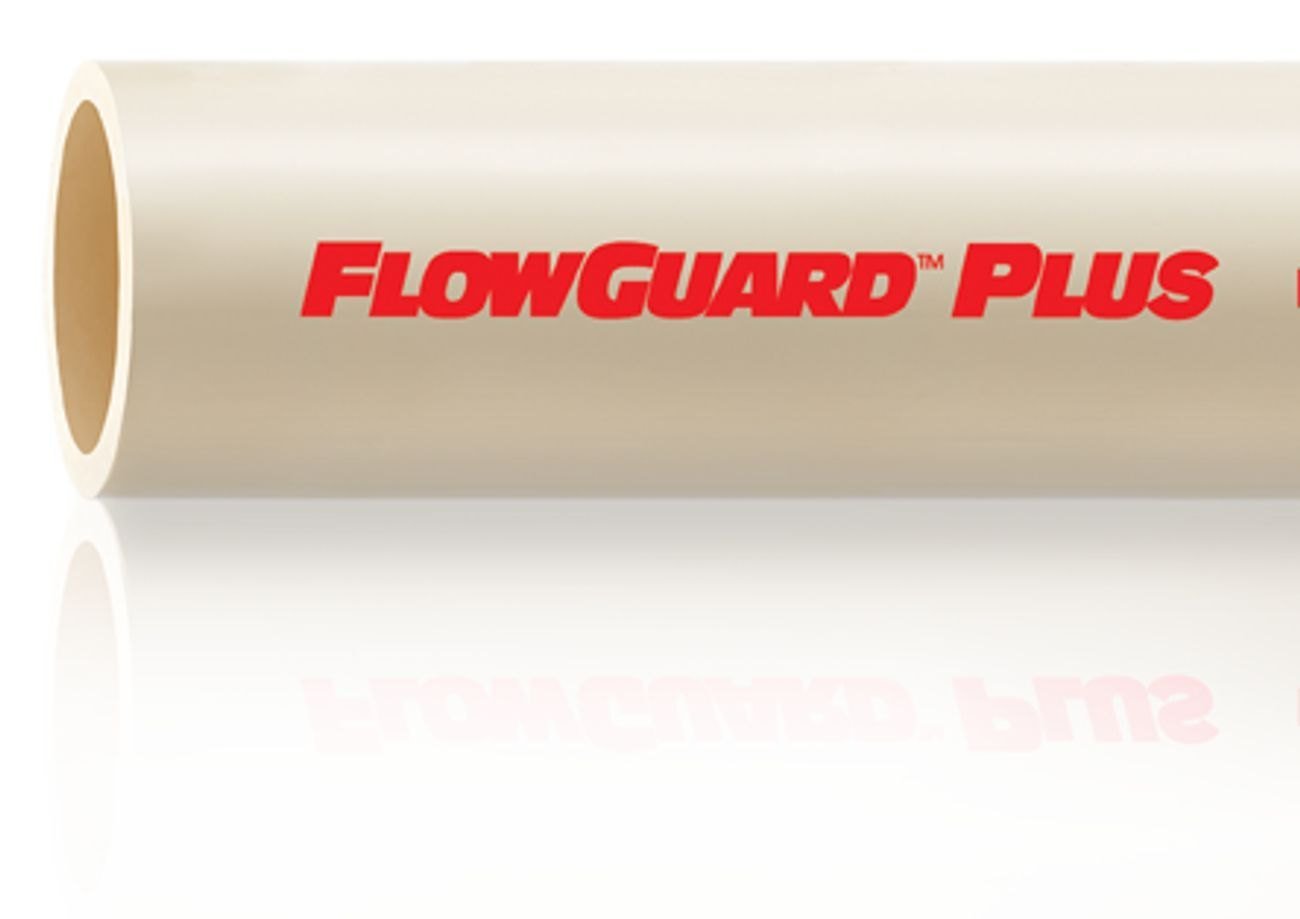
What You Need to Know About CPVC Pipe Storing and Handling
Navigating the logistics of CPVC pipe storage and handling is a cornerstone of ensuring the material's durability and functionality in your plumbing projects. Whether it's preparing for transport or finding the ideal outdoor storage setup, the right approach to managing CPVC pipes is crucial. This guide serves as an essential primer, providing you with the knowledge to maintain the integrity of CPVC pipes from the moment they arrive on the job site to their final installation. We will cover everything from UV protection to proper pipe material handling equipment, ensuring that your FlowGuard Plus CPVC pipes are preserved in top condition for optimal performance.
Storing and Handling CPVC Pipe
Proper storage and handling of CPVC pipe are critical to the longevity and performance of your plumbing system. While CPVC is known for its durability and resilience, it's important to follow best practices to prevent damage before installation.
How Should CPVC Pipes Be Stored?
CPVC pipes can resist UV damage, thanks to specialised additives that protect against the sun’s rays. However, when storing CPVC pipes outdoors for extended periods, cover them with non-transparent material to prevent discoloration from UV exposure. Here are some additional storage tips that would come in handy:
- Location: Choose a flat, debris-free area that's somewhat protected from the elements and construction activity.
- Safety: Ensure pipes and fittings are stored away from areas with heavy machinery traffic to avoid crushing or impact damage.
- Support: Do not stack heavy objects on top of the CPVC pipes as this could lead to warping or cracking.
Transportation of CPVC Pipes
CPVC pipe transportation requires attention to detail to prevent stress or breakage. Use vehicles that can accommodate the length of the pipes without overhanging. Secure the pipes during transit to prevent movement that could cause abrasion or impact damage. If necessary, use cushioning materials to protect the pipes from the tie-downs.
Handling CPVC Pipes
When handling pipes of CPVC, avoid bending them excessively to prevent the formation of small cracks. Inspect each pipe for visible signs of damage like cracks, splits, or gouges before installation. If damage is detected, recut the pipe at least 5 centimetres from the end of the visible damage to ensure the integrity of the installation.
Best Practices for Pipe Material Handling Equipment
Using the right equipment for transporting and handling CPVC pipes is essential. Mechanical aids designed for pipe handling, such as padded slings and proper lifting equipment, can help prevent damage. Personnel should be trained in safe handling techniques to avoid personal injury and material damage. Equipment like forklifts and hoists should be operated by certified individuals to maintain a safe work environment.
Handling CPVC Pipes Made Easy With Flowguard Plus
Understanding the nuances of CPVC pipe storage, transportation, and handling is essential for the success of any plumbing project. FlowGuard Plus CPVC pipes, although resistant to many forms of damage, should be treated with care to preserve their structural integrity until installation. By adhering to these guidelines, you can ensure that the CPVC piping arrives on site in optimal condition, ready for a trouble-free installation. If you have any questions or need further assistance with your FlowGuard Plus CPVC piping project, our team of experts is always ready to provide the support and information you need.
Frequently Asked Questions on CPVC Pipe Storage and Handling
- Can CPVC pipe be stored outside?
Yes, CPVC pipes can be stored outside. However, it should be protected from prolonged exposure to sunlight by covering it with non-transparent material to prevent UV-induced discoloration and maintain its appearance as well as material integrity over time. - How do you protect CPVC pipes?
To protect CPVC pipes, keep them away from areas with heavy construction traffic to avoid crushing or impact damage, store them on a flat surface clear of sharp objects, and cover them to prevent exposure to UV rays. Additionally, ensure that nothing heavy, sharp, or rough is placed on top of the pipes. - Can CPVC be bent?
CPVC pipes have a degree of flexibility and can bend slightly. However, they should not be bent forcibly as this can cause small cracks or impact the pipe's structural integrity. If a bend is necessary, it should be done using appropriate CPVC fittings or following the manufacturer’s recommendations for safe bending practices.

Prasenjit Misra
Prasenjit Misra, an accomplished professional, having extensive exposure in plumbing field, currently holds the position of Lead Demand Creation & Business Development of TempRite South Asia division at Lubrizol India.
